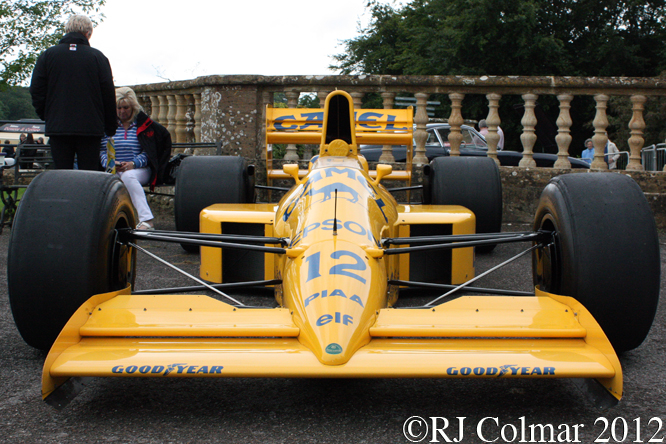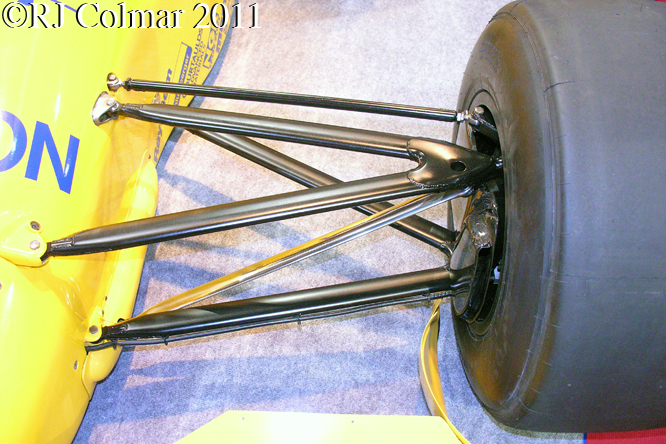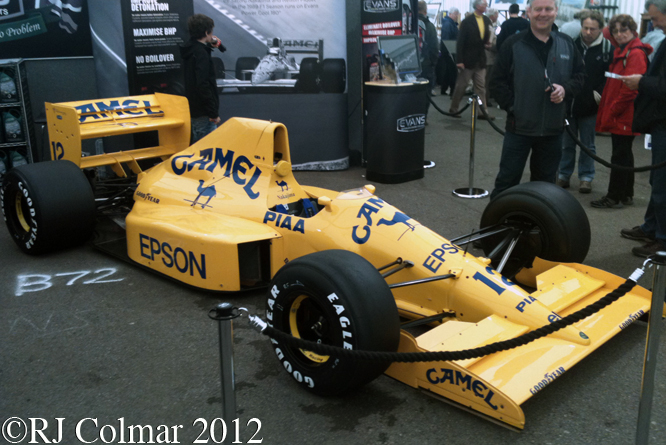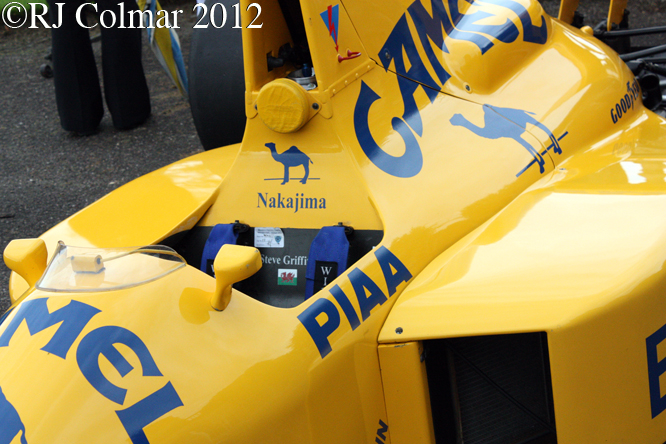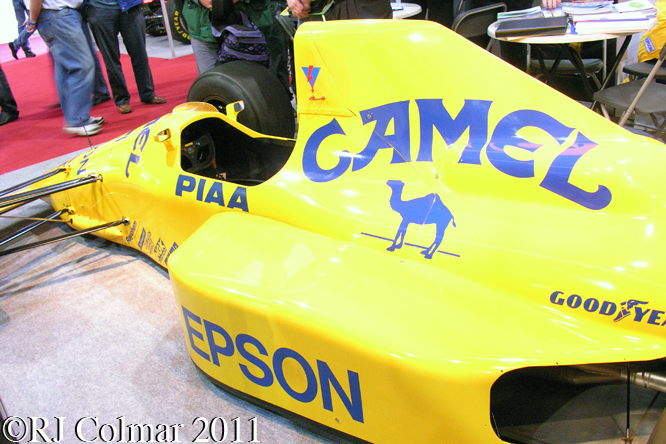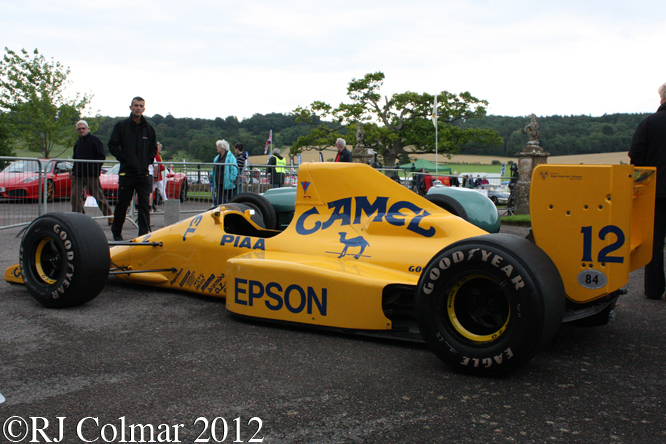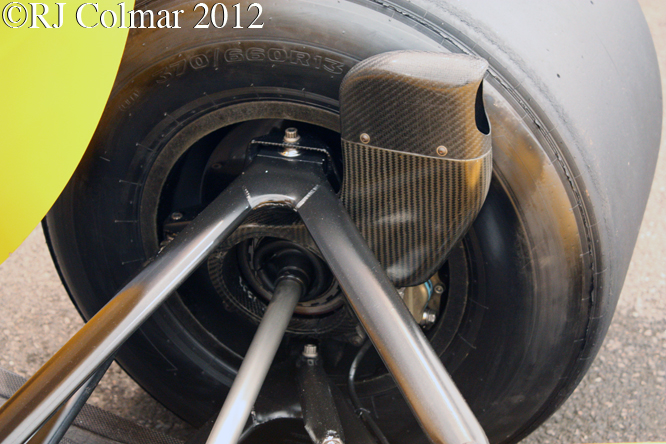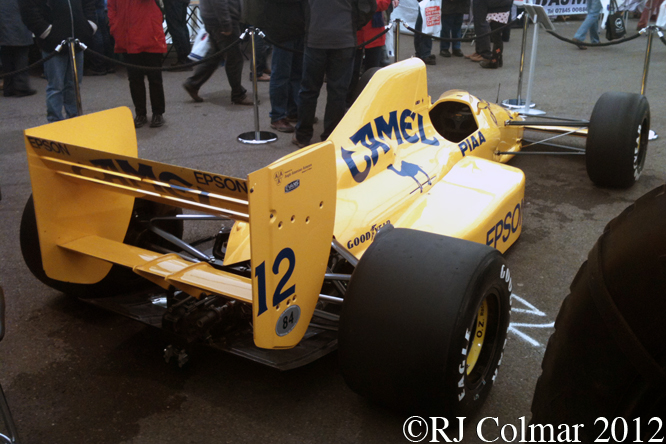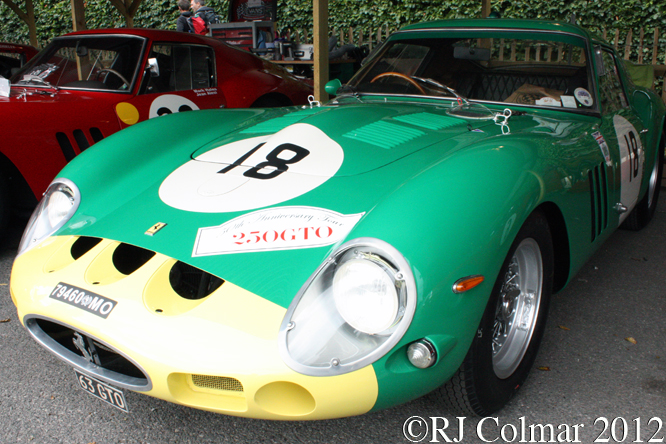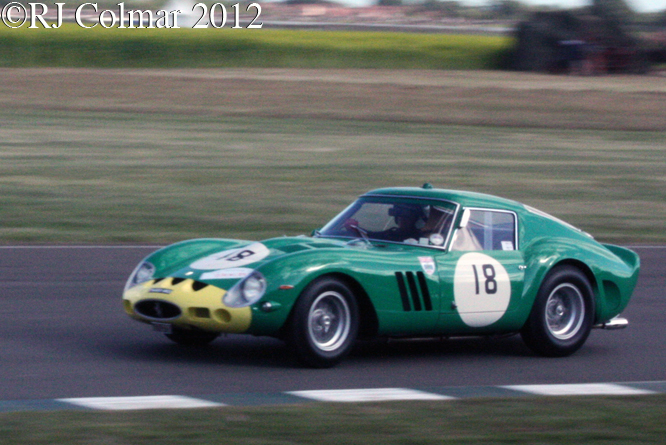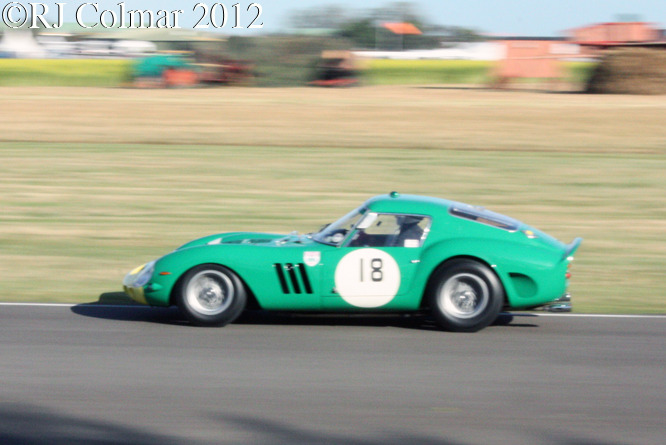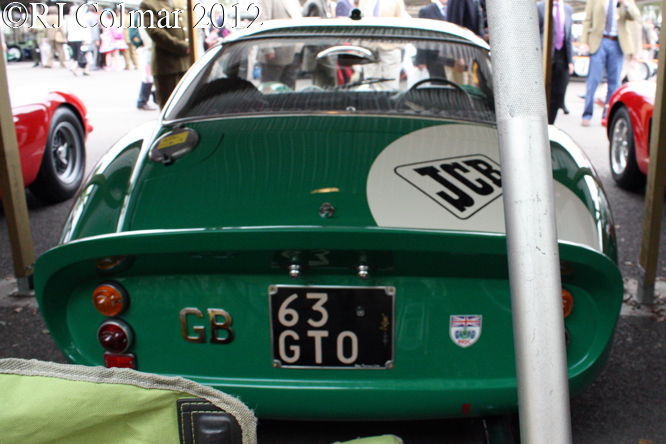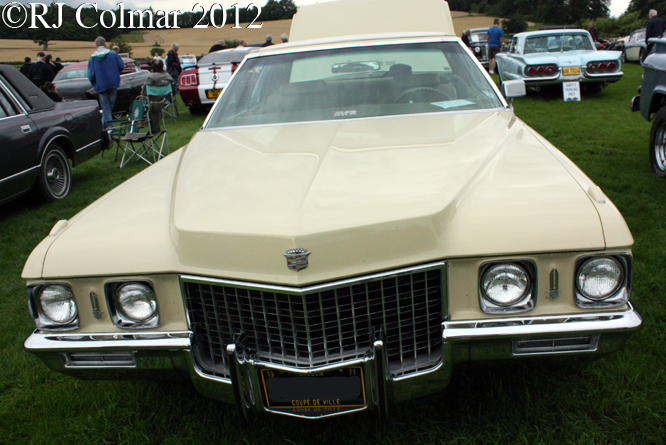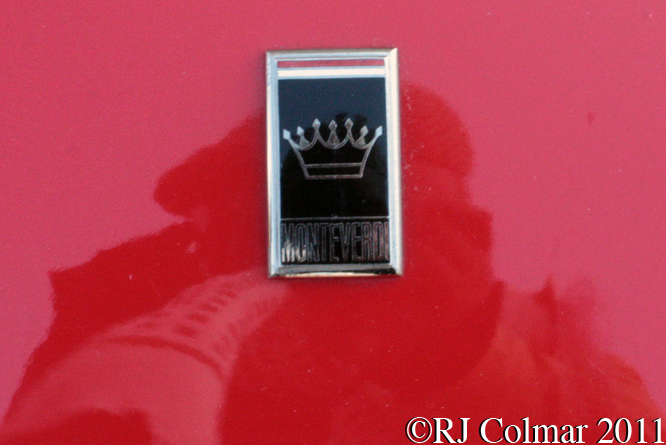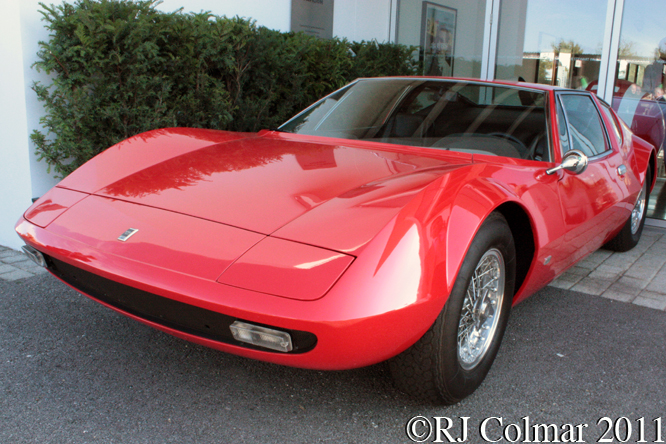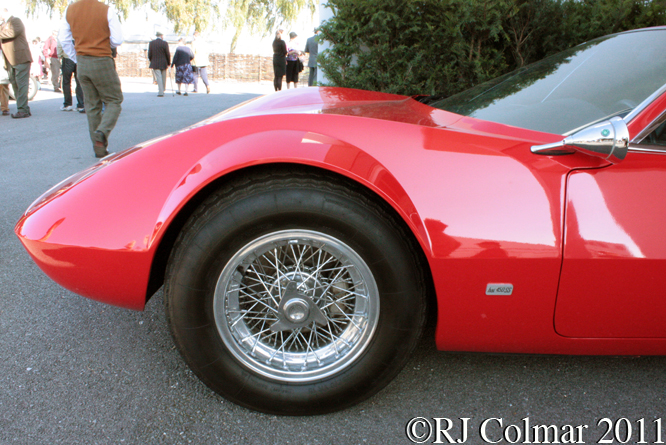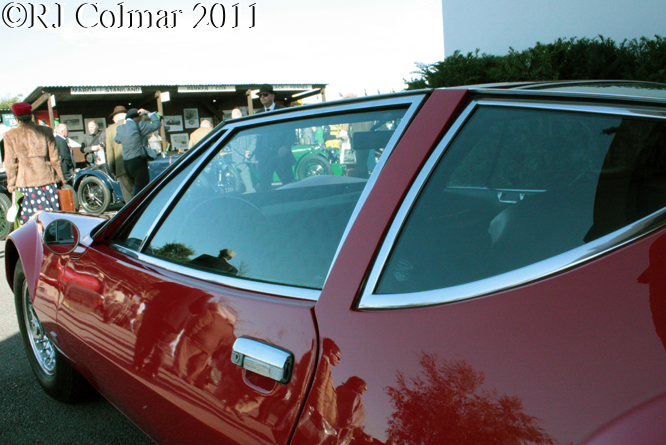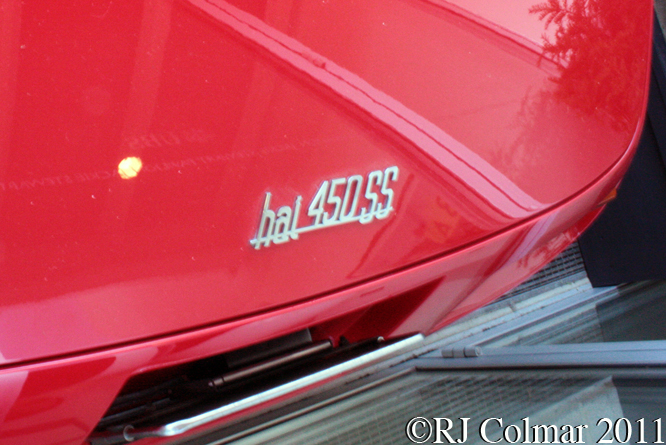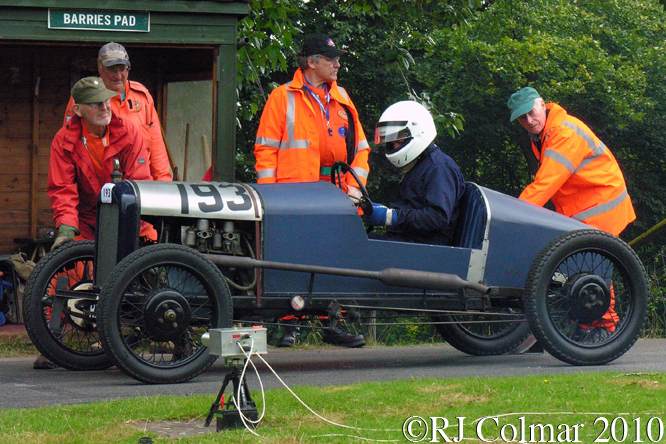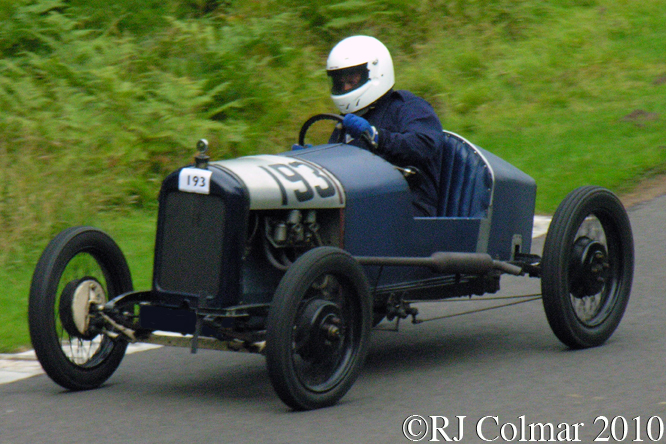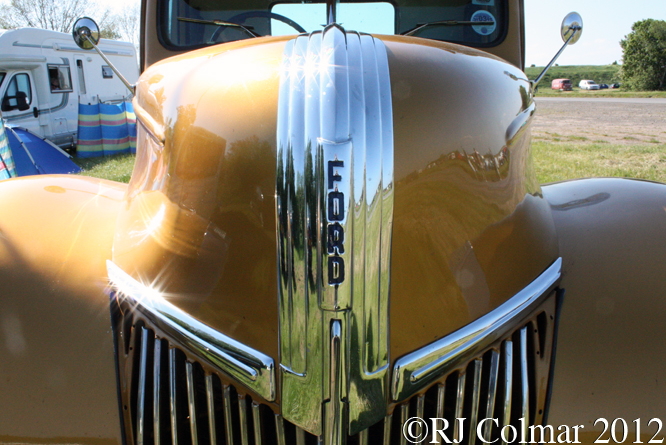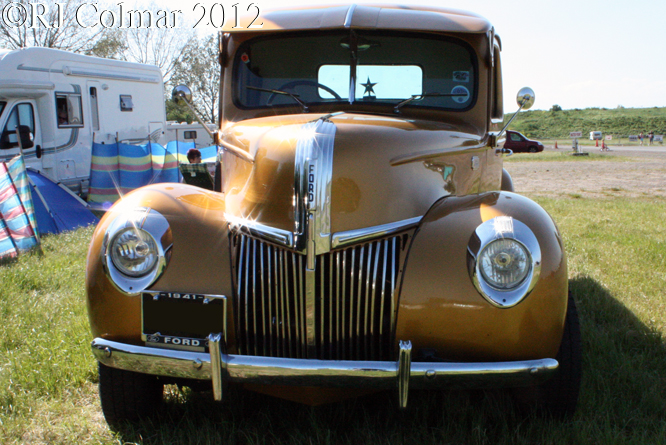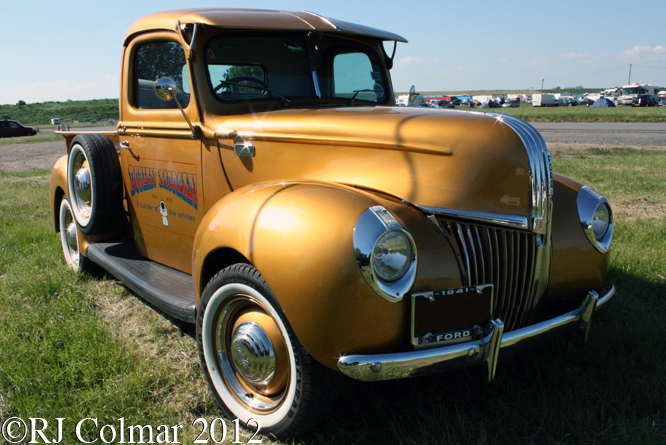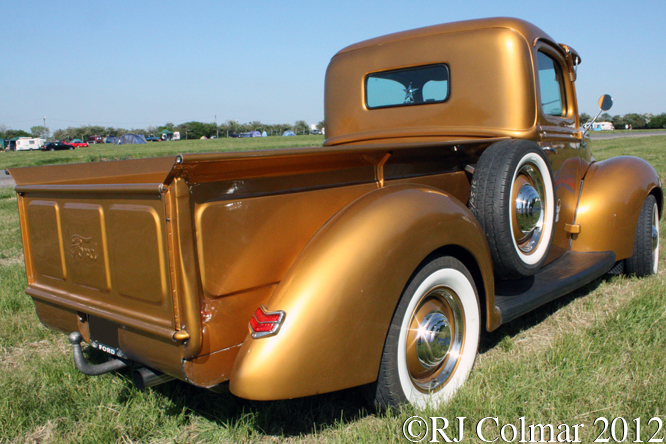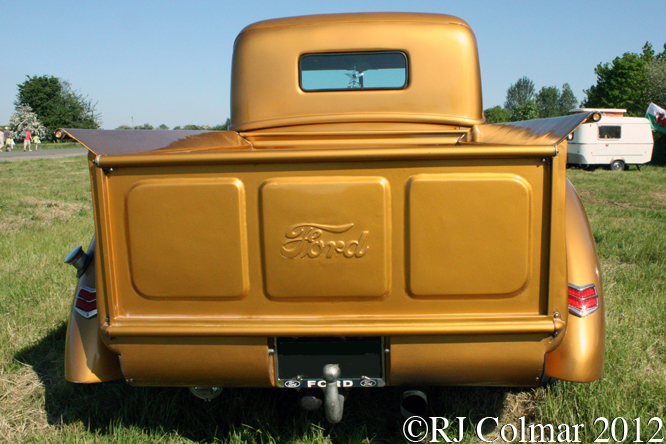For 1972 BRM lost their Yardley sponsorship but managed to land an even bigger sponsor in the form of Philip Morris who were interested in stealing some of the lime light Players were basking in thanks to their “Gold Leaf” brand logo’s appearing on the championship winning Lotus cars of Graham Hill and Jochen Rindt in 1968 and 1970 respectively.
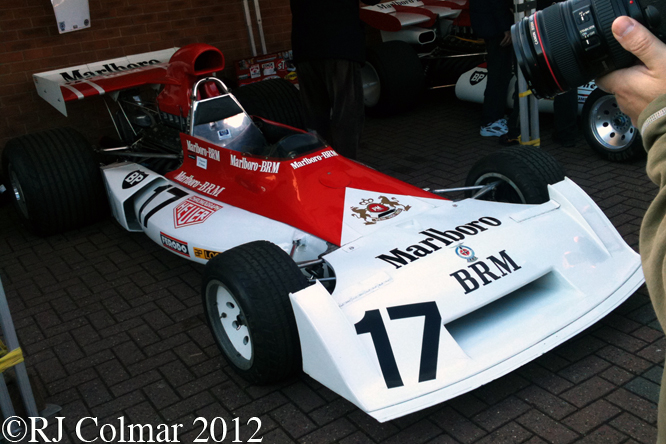
In order to give Philip Morris’s Marlboro brand maximum exposure BRM determined it would enter every Grand Prix of the 1972 season with five 48 valve V12 powered cars of three different designs dating back to 1970 with a roster of eight different drivers. Some how Jean Pierre Beltoise managed to keep his head in the ensuing chaos and won the Monaco Grand Prix in a BRM P160 a design dating back to 1971 and the final non championship John Player Victory Trophy race of the season in the new for 1972 BRM P180. These two races would prove to be the last ever contemporary Formula One race victories for the team ever.
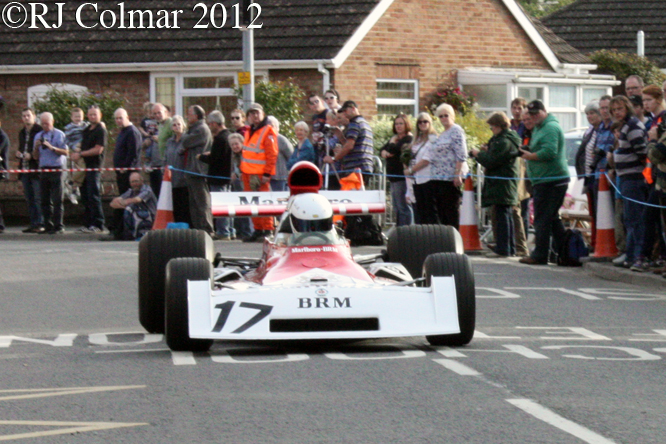
For 1973 designer Tony Southgate left the chaos at BRM to start afresh with the new Shadow Team while BRM decided to downscale to a three car operation for a more or less regular trio of drivers, using an updated version of the BRM P160. Swiss driver Clay Regazzoni who was on what turned out to be a one year sabbatical from Ferrari and Frenchman Jean Pierre Beltoise BRM’s incumbent winner who was in the middle of a three year stint at British Racing Motors (BRM) were joined by a young Austrian upstart called Niki Lauda who decided that suicide was best avoided in favour of yet another bank loan for one last attempt at hitting the big time in Formula One.
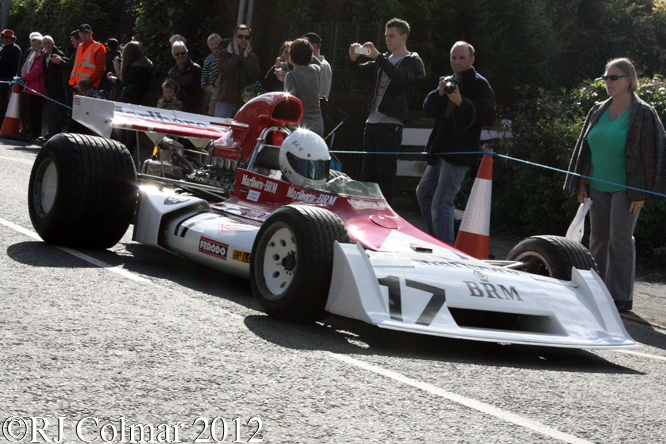
Clay Regazzoni made an immediate impact by winning pole for the first race of the 1973 season at the Argentinian Grand Prix but from there things went steadily down hill for the team particularly after they had locked out the first three starting positions for the 1973 Race of Champions at Brands Hatch with Beltoise and Lauda sharing the fastest lap of the race with the Lotus of Ronnie Peterson.
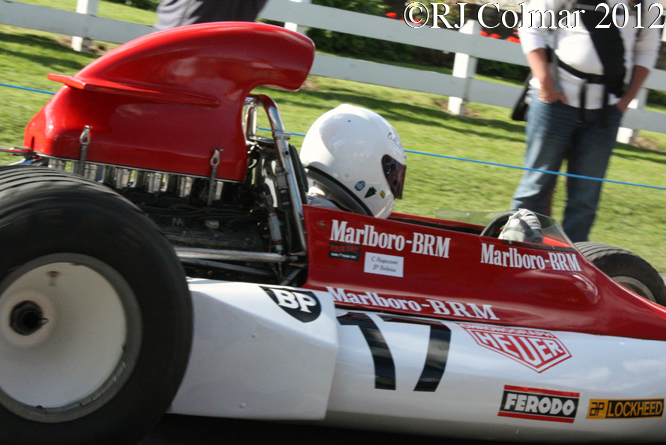
At the very next race the non championship International Trophy held at Silverstone today’s featured chassis #P160-07 the first of four E specification chassis, appeared for the first time with Clay Regazzoni qualifying 8th and finishing a respectable 3rd. Clay drove the car on five more occasions failing to improve on 8th in qualifying and slipping no lower than 12th and finishing similarly.
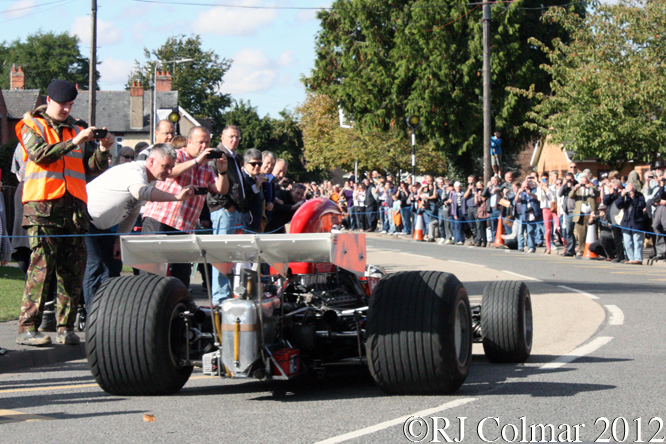
#P160-07 was not used for the British Grand Prix and when it reappeared at the 1973 Dutch Grand Prix Jean Pierre Beltoise was at the wheel. Beltoise qualified the car no better than ninth and no worse than 16th in 6 races netting two 5th place finishes and a season high 4th place finish at the Canadian Grand Prix from a 16th place start.
JP Beltoise drove #P160-07 on it’s last in period appearance at the 1973 US Grand Prix where the car finished 9th from a 14th place start after which the car was briefly fitted with a Westlake V12 for testing in 1974 again with Beltoise at the wheel. By now Regazzoni had signed to rejoin Ferrari and on his recommendation Ferrari signed Niki Lauda to join him and so the Austrian finally started repaying his bank loans on his way to becoming a triple World Champion.
Philip Morris moved their Marlboro sponsorship to McLaren in 1974 with whom they won the first of many championships with Emerson Fittipaldi at the wheel in the opening year of their thirty year partnership.
Tony Southgates new for 1973 Shadow DN1 design did not better his BRM P160 design the Shadow team finishing 8th at the seasons end, 3 points and one spot below BRM in the championship table.
Today’s featured car was seen at last years BRM Day in it’s home town Bourne, Linconshire with J Burt at the wheel.
Thanks for joining me on this “Fifty Fifty” edition of “Gettin’ a li’l psycho on tyres” I hope you will join me again tomorrow. Don’t forget to come back now !


